Developing software that is industry-leading as well as customized for the exact technical requirements of the client and appealing to their targeted user base is a daunting task that poses numerous challenges in the process of its fabrication. These challenges during custom software development can impact project success and harm team morale, as they reduce the possibility of the client getting a scalable and sustainable solution in the time and budgetary constraints set before its initiation.
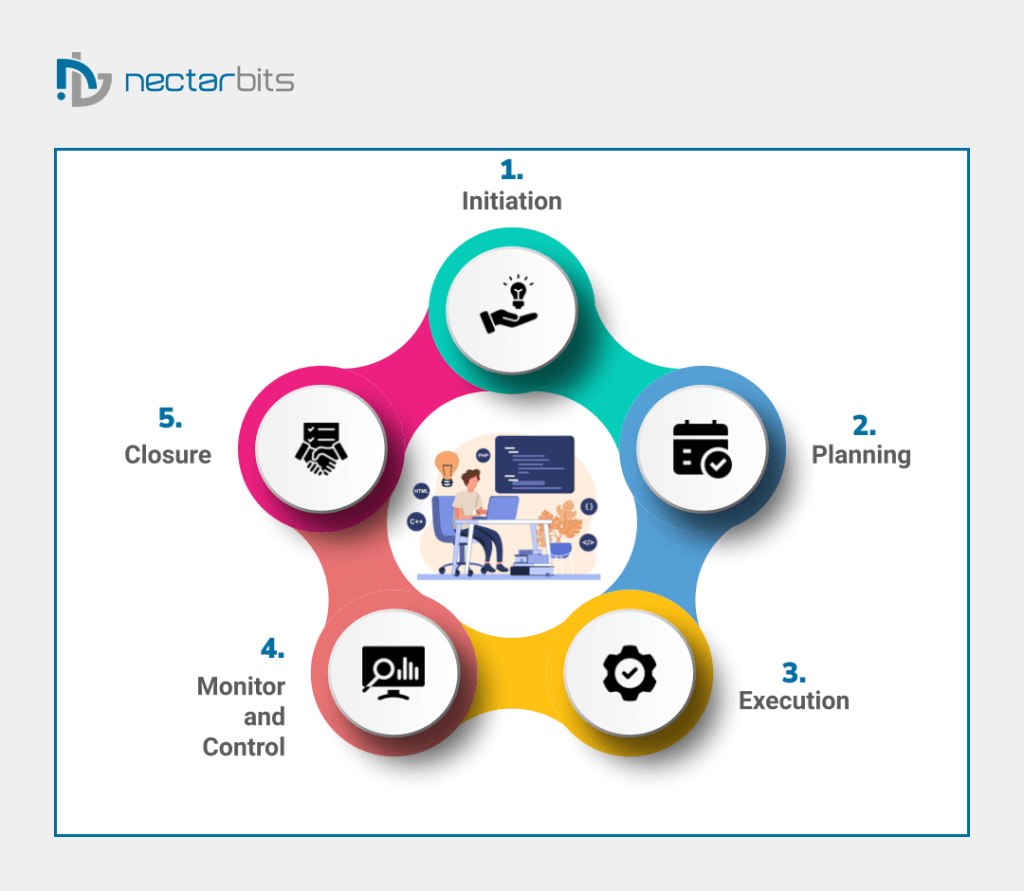
From unrealistic expectations and goals, security threats, and quality issues to poor team communication, here are 7 of the top challenges faced by custom software development companies with suggested solutions and statistics to ensure you don’t face the same issues during your custom software development cycles.
Seven Most Common Software Development Challenges and Their Solutions
1. Unclear Requirements and Scope Creep
Constantly changing requirements and ambiguous goals or deadlines result in scope creep, where projects usually surpass their initial estimates, leading to mismanagement in pre-existing timelines and budgetary estimations. These poorly managed requirements consequently result in changes, misunderstandings, and significant delays in custom software development cycles. This makes this the most common software development challenge and a fatal reason why projects of custom development companies fail regularly before their deployment.
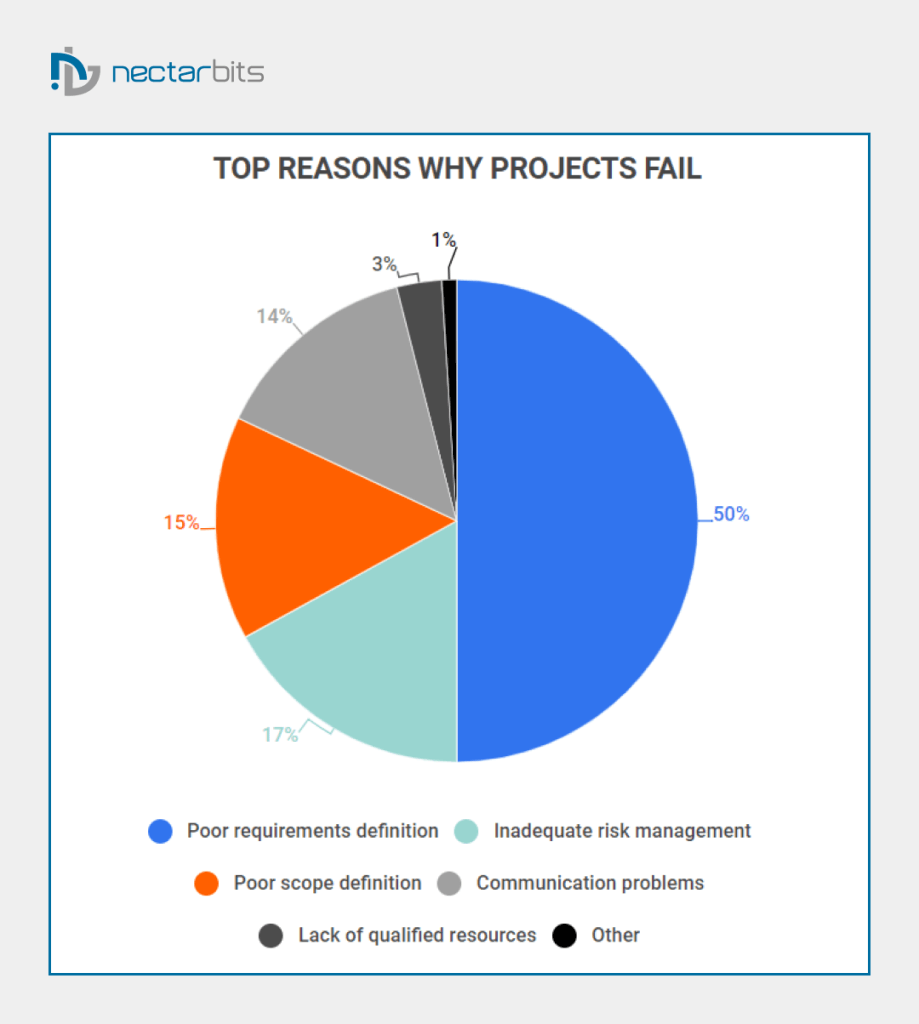
Solution:- According to a study by Standish Group, 45% of features in software projects are unimportant and rarely or never used by the users or clients. This shows a clear gap in understanding between upper management and the developers, where the structure results in false prioritization and added loads on developers to create unnecessary functionalities. Thus, regular stakeholder meetings and an emphasis on user cases through prototyping and wireframing can help in visualizing accurate functionality and development cycles.
Agile methodologies such as Scrum or Kanban can help in providing adaptive planning, reducing the risk of scope creep while ensuring fewer misunderstandings by limiting the gap between the decision-makers and the executors. Tools like Jira and Confluence can also help in the documentation and tracking of numerous requirements to ensure everyone stays on the same page, reducing latency in project completion.

2. Poor Code Quality and Technical Debt
Failure to ensure the quality of your code and a rushed development cycle can result in technical debt, whereas bad code can prove devastating to the overall stability of your software. Lack of good quality code is a common software development challenge that can increase future maintenance costs, delaying feature enhancements and long-term complications. The quick fixes and regular updates to solve issues resulting from this technical debt can greatly increase costs while harming the optimization and overall reliability of the custom software development.
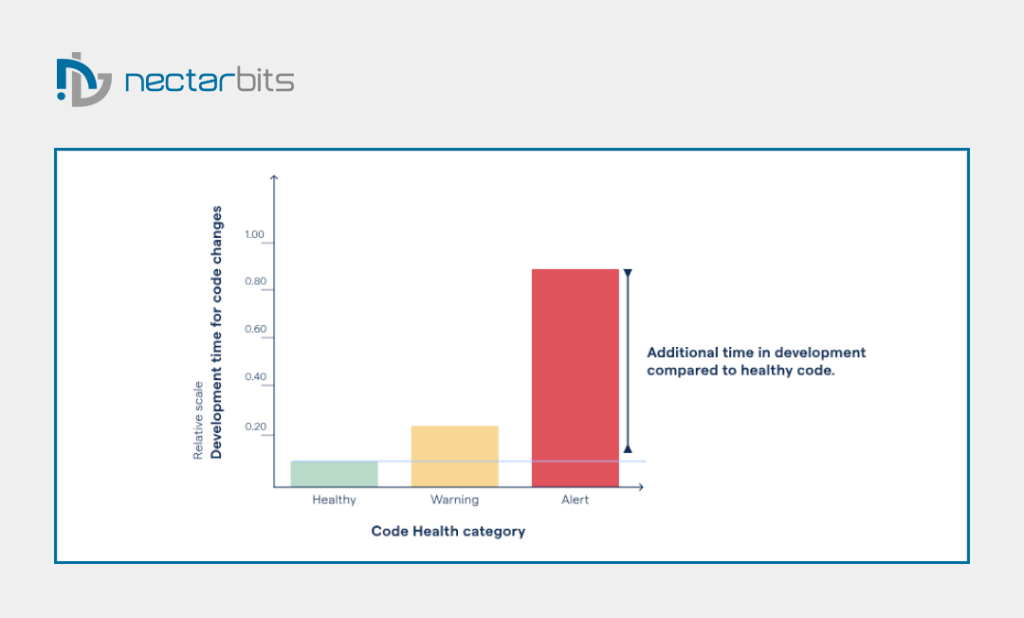
Solution:- Research by CAST Software showcases higher technical debt increases the risk of project failures by a whopping 2.6X, making it integral to solve such errors during development instead of solving them after the project’s deployment. Prioritizing code quality through automated testing and using tools like SonarQube to analyze code quality metrics can ensure actionable insights for continuous improvement and error-free coding.
Custom software development companies also implement robust code review processes within their development cycles to ensure senior developers can ensure the quality of the code and impart their knowledge to juniors, ensuring adherence to proper coding standards. This can ensure better quality assurance to further minimize the technical debt of the company.
3. Team Collaboration and Communication
One of the most crucial software development challenges that plague software development companies is the issue of miscommunication, which hinders effective team collaboration and results in disputes and disagreements. Leading to higher productivity losses, this creates a significant absence of synchronized efforts toward the shared goals of the project, even resulting in duplicated or overlooked tasks. A negative tone can thus result in a significant loss of development time and harbour enmity amongst team members working on the project, also harming its support and maintenance.
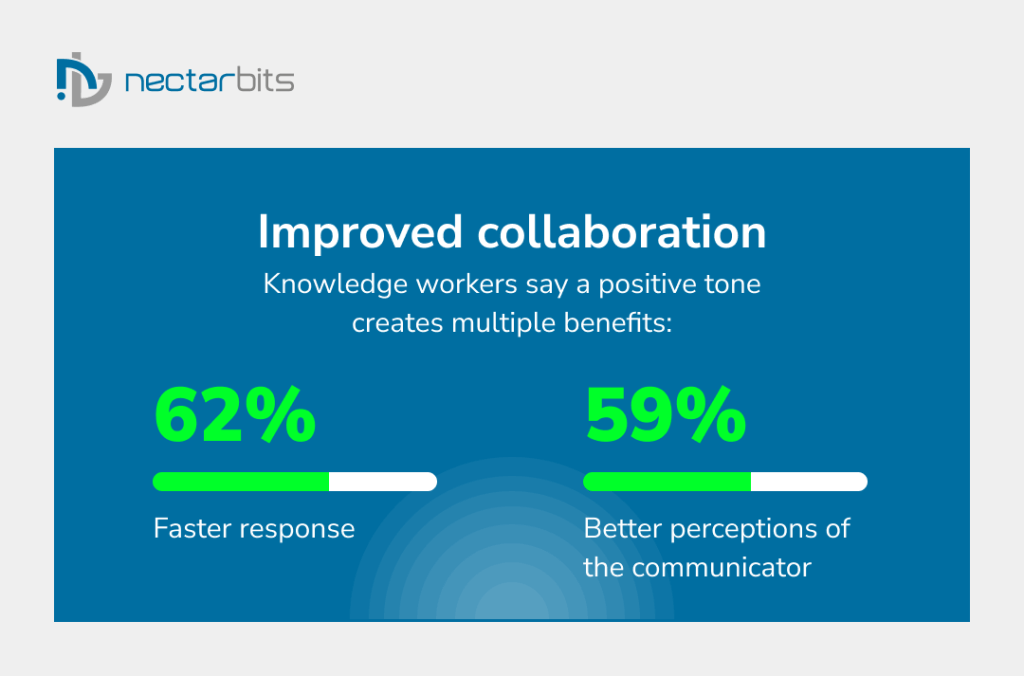
Solution:- A survey by collaborative software company Slack revealed that effective communication within a team can lead to a 25% increase in productivity. This can be achieved through tools like Microsoft Teams and Skype to ensure real-time communication and transparency between different team members.
Regular stand-up meetings and collaborative activities can also increase team cohesion and foster a positive workplace environment. Project management tools like Trello and Asana to track individual milestones under the umbrella of the project can showcase issues within the development cycle, leading to positive open communication and regular feedback between the team members.
4. Integration and Compatability Issues
Ensuring cross-platform compatibility and integrating new software within existing systems can be a tricky task as it can harm the consistent experience of a user between two different operating systems. Thus, such compatibility and integration errors are common software development challenges that can lead to data inconsistencies, user issues, and system crashes, leading to an unoptimized environment. Handling these issues is thus an important factor in software development company goals, with multiple custom software companies spending time and money to ensure proper integration and compatibility with all OS counterparts of their software.
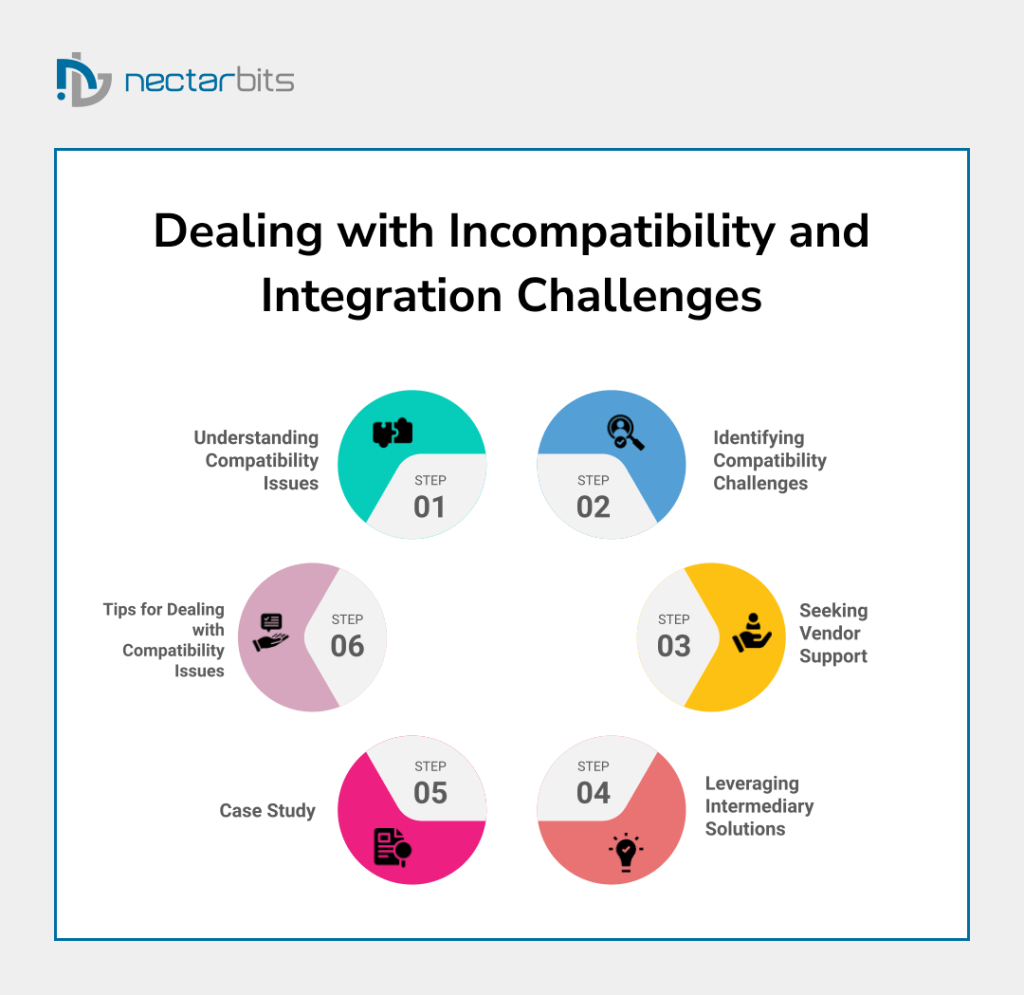
Solutions:- According to a report submitted by MuleSoft, 56% of IT leaders claim that integrating is a challenging barrier between them and the complete digital transformation of their products. Streamlining custom software development through the adoption of microservices and APIs is incredibly beneficial but is prone to increase compatibility issues as their development teams integrate two different software functionalities.
This is why automated testing frameworks like Selenium and containerization tools like Docker can ensure consistency across different OSs in terms of testing, maintenance, and performance. Moreover, continuous integration testing and verification of issues through proper documentation of all integration done throughout the custom software development cycle ensures proper troubleshooting and added reliability of the software’s architecture.
5. Scalability and Performance Optimisation
Software scalability is an underrated challenge that crops up well after the development cycle and thus is regularly neglected until it affects the company as it expands over time and requires a more comprehensive software solution. As their user base grows, performance and software scalability remain paramount to ensure the maintenance of user satisfaction and operation efficiency, as poorly optimized software can harm user experience over time.
Thus, many custom app and website development companies have started developing applications that are made to be scalable and adaptable in the future, ensuring better sustainability for the company.
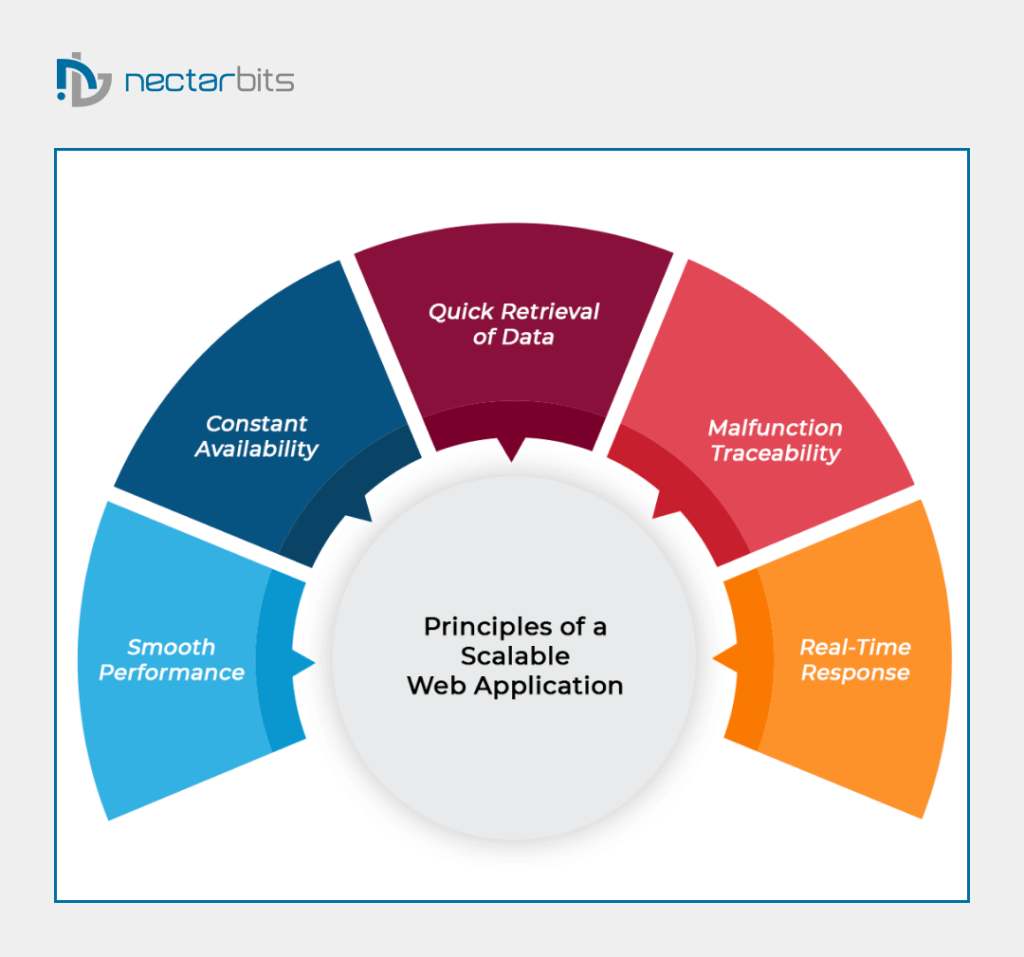
Solution:- Research done by Google suggests that just a 0.1-second delay in website response time can result in a reduction in conversion rates of around 7%. This shows how important performance optimization is for both websites and applications to ensure user retention and conversion. Implementing cloud-based scalings like AWS Auto Scaling or Kubernetes is thus vital to ensure custom software development companies produce products that boast adaptive performance that dynamically changes to varying workloads.
Moreover, Performance monitoring tools like New Relic or Datadog can also provide proactive optimization that is also helpful in improving the scalability of your digital products. A serverless architecture and microservices that follow a modular system can also ensure that developers can swap updated services on the go, ensuring more sustainability of a product made by a mobile app development company.
6. Security Vulnerabilities and Data Breaches
Looming cyberattacks are now evolving and are affecting more companies globally as every major company focuses on its digital software and online presence to match the rapidly expanding trend of a fastly digitizing economy. Securing applications and custom software development against vulnerabilities and data breaches is thus paramount to ensure software development companies can protect their client and user data while maintaining their trust. Security breaches like these can lead to severe financial losses and even considerable reputational damages.
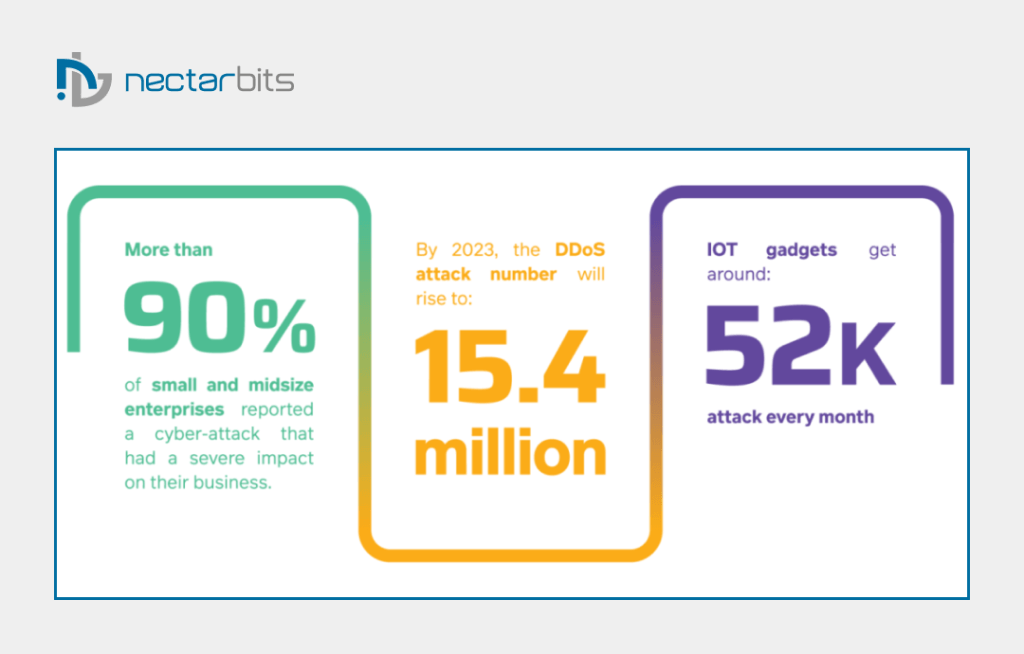
Solution:- According to the recent IBM’s Cost of a Data Breach Report, an average cost of $4.24 million is usually incurred by a company in a single data breach. This is a harrowing number that showcases the urgent need to ensure secure coding practices, regular vulnerability checks, and proper encryption protocols to further minimize such security risks.
Compliance with standards like GDPR or HIPAA thus enhances data protection and regulatory compliance, while security frameworks like OWASP can guide developers into mitigating regular vulnerabilities to leave nothing open for both basic and advanced hackers to misuse.
This is a very common software development challenge that requires regular security training for the development teams and implementing multi-factor authentication (MFA) to ensure a compromised or ill-advised member on board doesn’t harm the integrity of the entire project.
7. Project Time and Budget Constraints
Mobile app development usually incurs a variety of deadline and budgetary issues amidst a constantly evolving sea of unforeseen software development challenges. This creates issues with the survival of the project as delays and cost overruns can potentially lead to the cancellation of the entire project, a stable issue faced by every custom software development company. It can also jeopardize project reliability and stakeholder trust as they get antsy towards the competition of their expensive project for a better ROI.
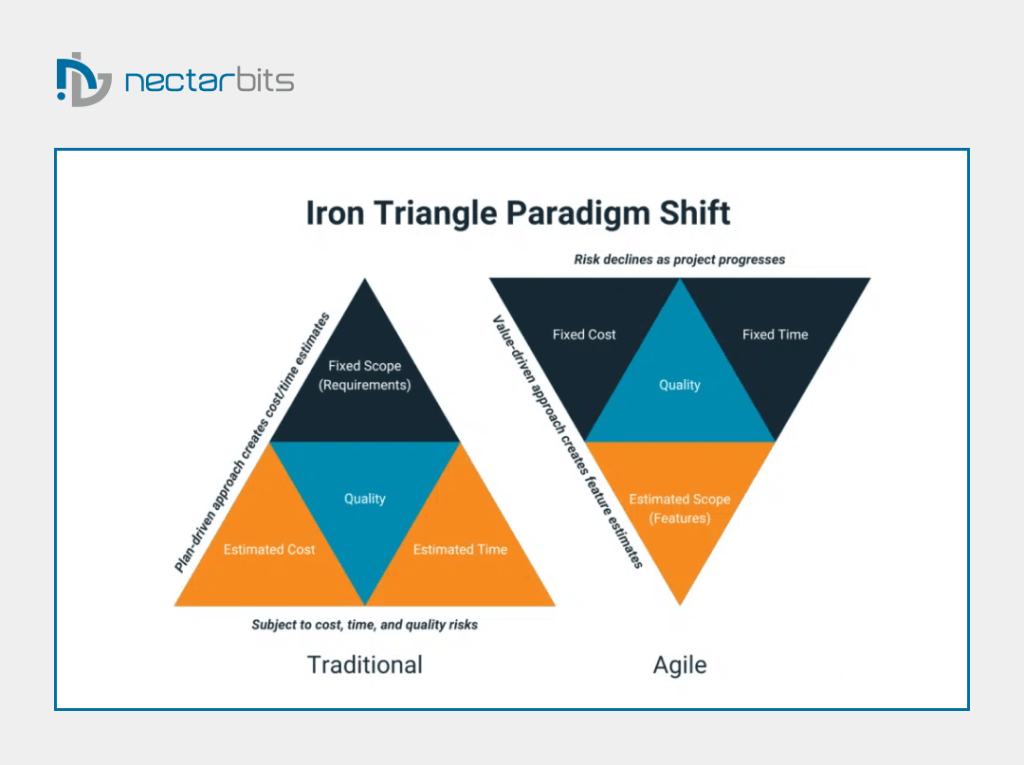
Solution:- The Standish Group’s CHAOS Report indicates how only a mere 37% of projects are completed on time and within budget, leading to a majority of projects failing to meet the time and capital constraints initially set by the management. A good solution to prevent this is implementing agile project management methodologies to ensure adaptive planning and regular checking to assess resource changes and divert the project accordingly.
Using management tools like Jira or Asana and conducting regular risk assessments can help streamline the development process and mitigate potential pitfalls before they lead to project failures. Implementing a Project Management Office (PMO) is also a great way to oversee project governance and ensure the team continuously improves while adhering to the best practices recommended by the management.
Conclusion: Avoiding Common Software Development Challenges
Managing the process of custom software development requires a particular approach and flexibility to manage new difficulties that appear in the process. Relating these issues with corresponding facts and measures, development teams can improve project performance, maximize resource efficiency, and stimulate innovation.
Consider changing a core value and approach it with teamwork and technology to foster high standards in programming. It’s important to remain alert, check regularly, and commit to constant enhancement to be the predominant provider of top software solutions amid growing competition.

FAQs
Scope creep refers to the uncontrolled expansion of project scope without corresponding time, cost, and resource adjustments. It can be a significant challenge in custom software development projects. Prevention strategies include establishing clear project requirements from the start, using agile methodologies to accommodate changes in a controlled manner, and maintaining constant communication with stakeholders to manage expectations and priorities.
Technical debt accumulates when quick fixes are favoured over long-term solutions, leading to future complications. It can increase maintenance costs and delay new features in custom software development. Best practices to manage technical debt include regular code reviews, refactoring, automated testing, and adhering to coding standards. Tools like SonarQube can help monitor and manage technical debt effectively.
A software development company can significantly enhance team collaboration and communication using tools like Slack, Microsoft Teams, Jira, Confluence, and Trello. These tools facilitate real-time messaging, task tracking, documentation sharing, and project management, ensuring team members stay aligned and informed throughout the custom software development process.
Performance optimization is crucial for maintaining user satisfaction and operational efficiency in custom software development. Strategies include implementing cloud-based scaling solutions (e.g., AWS Auto Scaling, Kubernetes), using performance monitoring tools (e.g., New Relic, Datadog), conducting regular performance testing (e.g., JMeter, LoadRunner), and optimizing code, databases, and infrastructure for better performance.
A mobile app development company should implement robust security measures to protect custom software applications. These measures include secure coding practices, regular vulnerability assessments, end-to-end encryption, compliance with data protection standards (e.g., GDPR, HIPAA), and adopting security frameworks like OWASP. Additionally, providing security training for development teams and implementing multi-factor authentication (MFA) can significantly enhance the security posture of applications.








